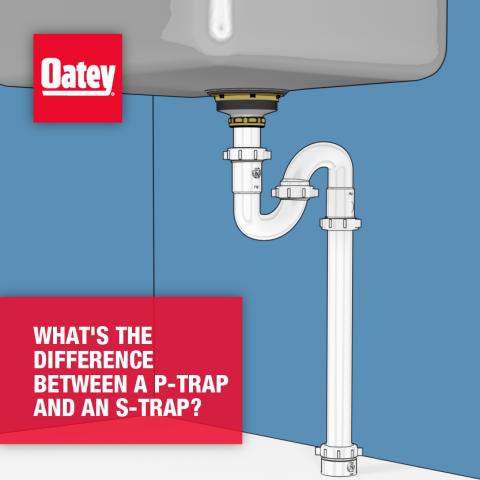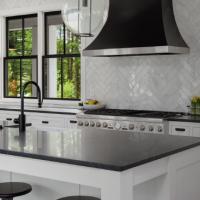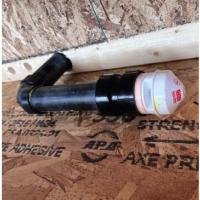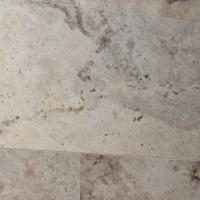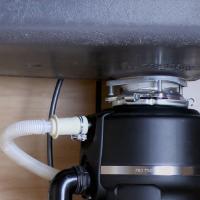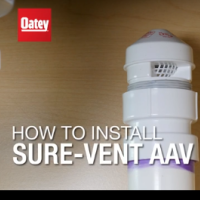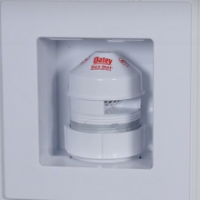How to Install Secondary Venting Systems – Air Admittance Valves (AAV) Installation
Plumbing Drain-Waste-Vent systems, known as DWVs, consist of drainpipes that provide a network for the removal of waste, as well as vent pipes that prevent unwanted gas from escaping inside the building. Vent pipes also maintain the necessary balance of pressure to allow water to flow. In a simplified example, water in an inverted bottle without an air hole will glug and gasp when emptied. Adding an opening to the bottom of the bottle will turn the process into an efficient, steady flow because the bottle “breathes.” This is what an AAV can do.
